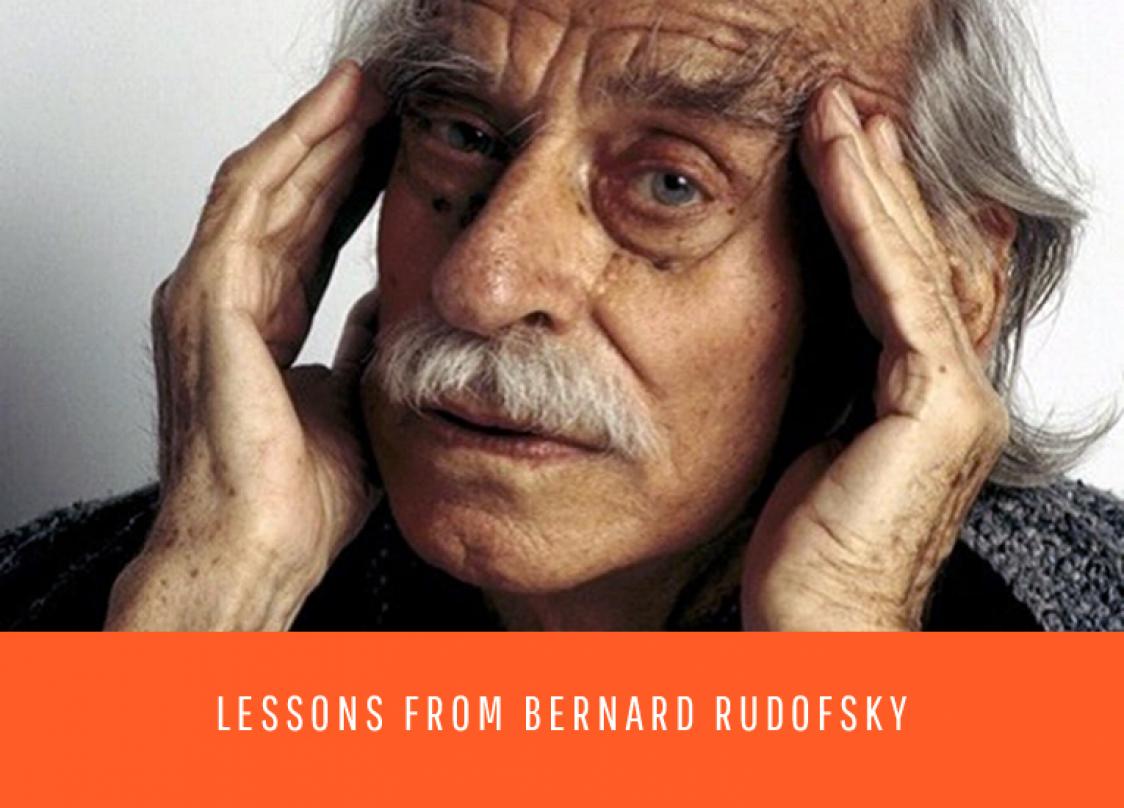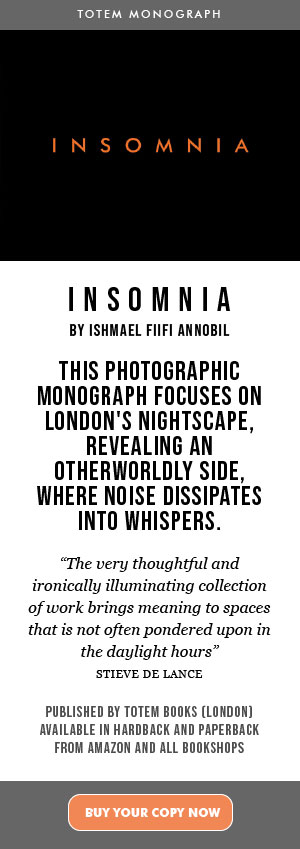CANADIAN CENTRE FOR ARCHITECTURE
Artist: Bernard Rudofsky
Curators: Monika Platzer & Wim de Wit
Date(s): Till 30 September 2007
Lessons from Bernard Rudofsky highlights the diverse contributions of a unique and underappreciated pioneer of modernism, and brings to light the relevance of Rudofsky’s principles today. It is the first retrospective to examine the life and work of the controversial architect, designer, and critic whose groundbreaking buildings, exhibitions, and fashion designs challenged the Western world’s perceptions of comfort and culture.
The exhibition spans the entire career of Bernard Rudofsky (1905-1988), including his roots in the early years of European modernism; his world travels, which shaped his views as a designer and critic; and his influence as a curator and writer on international discourse on architecture, fashion, and design. The underlying motivation that unified Rudofsky’s work was what he saw as a loss of sensual awareness in all aspects of modern life.
Rudofsky is perhaps best known for the exhibitions and publications that he conceived in the second half of the twentieth century. The most famous of these is Architecture Without Architects, the landmark book and exhibition at the Museum of Modern Art (MoMA), New York (1964), which toured for 11 years and was presented in more than 80 venues around the world. Carefully researched and visually engaging, Architecture Without Architects challenged conventional notions of architecture and dwelling through its study of vernacular building technologies and alternative ways of living. Rudofsky’s openness to different social and architectural traditions and his recognition of the sensory dimensions of the environment continue to be of great relevance for architecture and urbanism today.
As an architect, Rudofsky employed a modernist vocabulary -- with its characteristic white, undecorated, cubic shapes in concrete and glass -- yet at the same time he was an outspoken critic of modern architecture. He rejected the notion of universal or standardized concepts of dwelling and instead promoted the idea that an individual’s built environment should reflect the history, culture, and climate of his or her immediate surroundings. Architecture, for Rudofsky, was “not just a matter of technology and aesthetics but the frame for a way of life – and with luck, an intelligent way of life.”
Lessons from Bernard Rudofsky is curated by Monika Platzer, Curator, Archive/Collection at the Architekturzentrum Wien, and Wim de Wit, Head of Special Collections and Visual Resources and Curator of Architectural Collections at the Getty Research Institute.
EXHIBITION CATALOGUE
The exhibition is accompanied by a 296-page catalogue with contributions by Andrea Bocco- Guarneri, Monika Platzer, Felicity D. Scott, Wim de Wit, Maria Welzig, and includes forewords by Thomas Crow, Director of The Getty Research Institute, Architekturzentrum Wien Director Dietmar Steiner, and CCA Director Mirko Zardini. A selection of Rudofsky’s visual and text contributions to Domus are also reproduced and translated. Published by the Architekturzentrum Wien and The Getty Research Institute in English and German editions, Lessons from Bernard Rudofsky is lavishly illustrated with over 200 black and white and colour images including fullpage reproductions of Rudofsky’s photographs. The English edition is available at the CCA Bookstore.
Lessons from Bernard Rudofsky was organised by the Architekturzentrum Wien, Vienna, in collaboration with The Getty Research Institute, Los Angeles, and in association with the CCA.
CANADIAN CENTRE FOR ARCHITECTURE
1920, rue Baile
Montreal, Québec,
Canada H3H 2S6
www.cca.qc.ca/exhibitions
Image Credits: Bernard Rudofsky, © Photo: Wilfried Krüger



